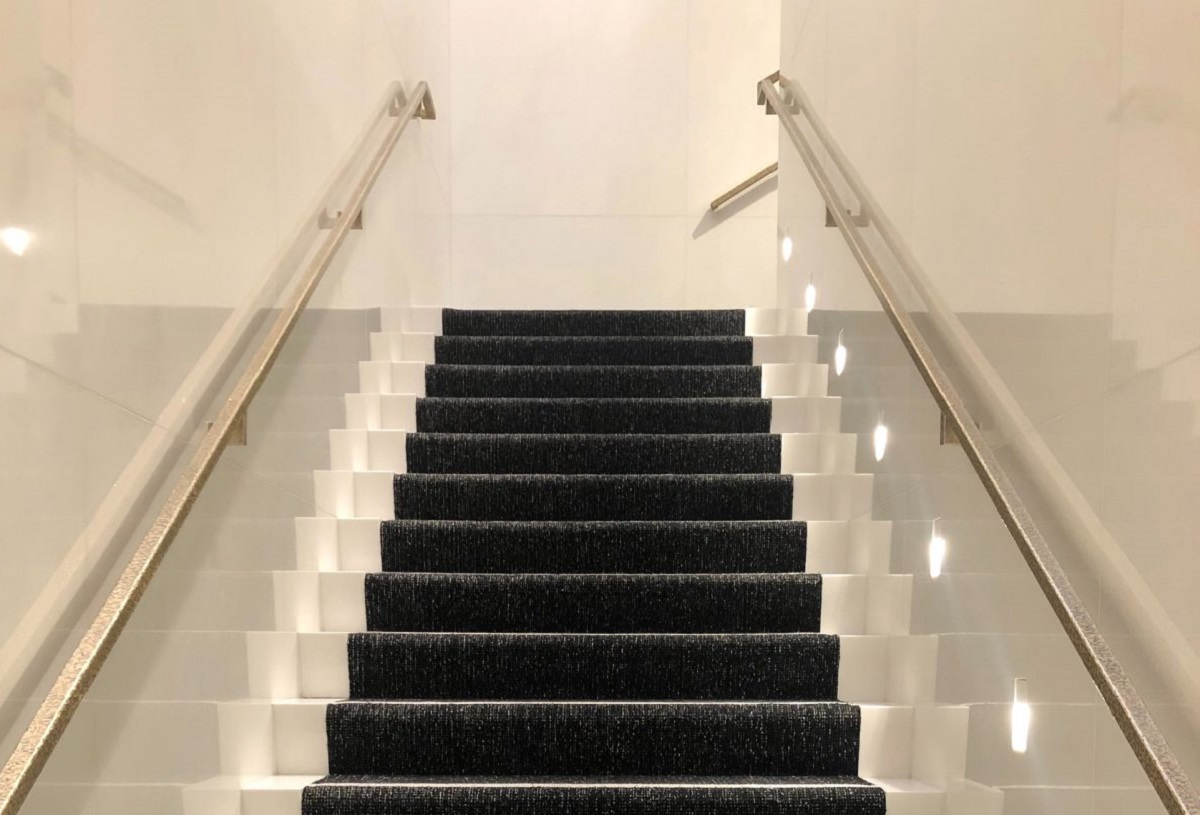

Articles
What Carpet Is Best For Stairs
Modified: October 28, 2024
Looking for the best carpet for stairs? Check out our articles for expert tips and recommendations on choosing the perfect carpet for your staircases!
(Many of the links in this article redirect to a specific reviewed product. Your purchase of these products through affiliate links helps to generate commission for Storables.com, at no extra cost. Learn more)
Introduction
Choosing the right carpet for your stairs is a crucial decision that can greatly impact the overall aesthetic and functionality of your home. Stairs are a high-traffic area, prone to wear and tear, so it’s important to select a carpet that is not only visually appealing but also durable and easy to maintain. In this article, we will explore the various factors to consider when choosing carpet for stairs, the different types of carpet materials available, the options for carpet pile, and the importance of selecting the right pattern and color. By the end, you will have a comprehensive understanding of what carpet is best for stairs and be equipped to make an informed decision for your home.
Key Takeaways:
- Choose a durable, low-pile carpet for high-traffic stairs to ensure longevity, easy maintenance, and safety. Consider synthetic fibers like nylon or polyester for optimal performance.
- When selecting a stair carpet, prioritize durability, stain resistance, and easy maintenance. Explore patterns and colors to add personality and style to your stairs, creating a visually appealing and cohesive look.
Read more: What Carpet Is Best For Stairs?
Factors to Consider for Choosing Carpet for Stairs
Before diving into the specific types of carpet materials and pile choices, it’s important to consider a few key factors that will help guide your decision-making process:
- Durability: Stairs experience heavy foot traffic, so it’s crucial to choose a carpet that is durable and can withstand the wear and tear. Look for carpets with high durability ratings and consider materials that are known for their resilience.
- Safety: Stairs can be a potential hazard if the carpet is slippery or doesn’t provide enough traction. Opt for carpets with non-slip backing or consider investing in stair treads or carpet runners to enhance safety.
- Maintenance: Stairs can be challenging to clean, so selecting a carpet that is easy to maintain and resistant to stains and dirt is essential. Look for stain-resistant materials and consider the ease of vacuuming and spot cleaning.
- Style and Aesthetics: The carpet on your stairs should complement the overall style and decor of your home. Consider the color, pattern, and texture of the carpet to ensure it harmonizes with your existing interior design scheme.
- Budget: Determine your budget for the carpet and factor in the cost of installation as well. There are a variety of options available at different price points, so it’s important to find a balance between quality and affordability.
Keep these factors in mind as we explore the different types of carpet materials, pile choices, and patterns to help you make an informed decision on what carpet is best for your stairs.
Types of Carpet Materials for Stairs
When it comes to selecting the right carpet material for stairs, there are several options to choose from. Each material has its own unique characteristics, benefits, and drawbacks. Let’s take a look at the most popular choices:
- Synthetic Fiber Carpets: Synthetic fibers such as nylon, polyester, and olefin are commonly used for stair carpets. These materials are known for their durability, stain resistance, and affordability. Nylon is the most popular choice due to its exceptional strength and resilience. Polyester offers a softer feel and is more resistant to fading, while olefin is budget-friendly but may not be as durable as nylon or polyester.
- Wool Carpets: Wool is a natural fiber that is known for its luxurious feel and durability. Wool carpets offer excellent insulation properties, are naturally stain-resistant, and have a long lifespan. However, they are more expensive compared to synthetic fiber options.
- Blend Carpets: Blend carpets are a combination of natural and synthetic fibers. The most popular blend is wool and nylon. These carpets offer the best of both worlds, combining the durability and resilience of synthetic fibers with the luxurious feel of wool. They are a great option for those seeking a balance between quality and affordability.
When considering the carpet material, think about your specific needs and preferences. If you prioritize durability and affordability, synthetic fiber carpets may be the best choice. If you prefer a more luxurious feel and are willing to invest in a higher-end option, wool carpets are worth considering. Blend carpets can provide a balance between the two.
Now that we’ve covered the different carpet materials, let’s move on to discussing the various options for carpet pile choices for stairs.
Synthetic Fiber Carpets for Stairs
Synthetic fiber carpets, such as nylon, polyester, and olefin, are popular choices for stair carpets due to their durability, stain resistance, and affordability. Each synthetic fiber material has its own unique characteristics that make it suitable for different needs and preferences.
Nylon: Nylon is considered the most durable and resilient synthetic carpet fiber. It can withstand heavy foot traffic and is highly resistant to wear and tear. Nylon carpets are known for their excellent stain resistance, making them ideal for high-traffic areas like stairs. They are also available in a wide range of colors and patterns, allowing you to customize the look of your stairs to match your overall decor.
Polyester: Polyester carpets are known for their softness and luxurious feel. They offer a plush, comfortable surface, making them enjoyable to walk on. Polyester carpets are also highly resistant to fading, making them a great choice for areas with direct sunlight. However, they may not be as durable as nylon and can flatten over time in high-traffic areas like stairs.
Olefin: Olefin, also known as polypropylene, is an affordable option for stair carpets. It is resistant to moisture, mold, and mildew, making it suitable for areas that may be prone to spills or moisture. However, olefin carpets have a lower durability compared to nylon and polyester and may not hold up as well over time in high-traffic areas.
When considering synthetic fiber carpets for stairs, it’s important to check the manufacturer’s durability rating. Look for carpets with a high rating to ensure they can withstand the heavy foot traffic on stairs. Additionally, consider the thickness and density of the carpet. A denser carpet with a lower pile height is usually more durable and resilient, making it a better choice for stairs.
Next, let’s explore the option of wool carpets for stairs and the benefits they offer.
Wool Carpets for Stairs
Wool carpets are a luxurious and high-end option for stairs. Wool is a natural fiber known for its exceptional durability, softness, and natural stain resistance. It offers numerous benefits that make it an attractive choice for homeowners looking for a high-quality carpet option.
One of the main advantages of wool carpets is their durability. Wool fibers are naturally resilient and can withstand heavy foot traffic, making them an excellent choice for stairs. They have a tendency to bounce back and retain their shape, even after prolonged use. This durability ensures that your wool carpet will maintain its appearance and integrity over time.
Another appealing characteristic of wool carpets is their softness and comfort underfoot. Wool fibers are naturally soft and plush, providing a luxurious feeling when walking on the stairs. They also have insulating properties, helping to keep your home warm in the cooler months and providing a cozy atmosphere in your living space.
One of the standout features of wool is its inherent stain resistance. The natural structure of wool fibers makes them resistant to liquid spills and dirt, allowing for easier clean-up and maintenance. Additionally, wool carpets have the ability to naturally repel moisture, preventing mold and mildew growth, which can be particularly beneficial in areas prone to humidity or moisture.
While wool carpets offer numerous benefits, it’s important to note that they are generally more expensive than synthetic fiber options. The higher price tag is due to the premium quality and natural properties of wool. However, the long lifespan and exceptional performance of wool carpets are worth the investment for many homeowners.
When selecting a wool carpet for stairs, consider the pile height and density. A denser carpet with a lower pile height will provide better support and wear resistance for stairs. Additionally, wool carpets offer a wide range of colors and patterns, allowing you to customize the appearance of your stairs to match your preferred style and decor.
Now that we’ve explored synthetic fiber and wool carpets for stairs, let’s move on to discussing blend carpets, which combine the best qualities of both materials.
Read more: What Type Of Carpet Is Best For Stairs
Blend Carpets for Stairs
Blend carpets are a combination of natural and synthetic fibers, offering the best of both worlds in terms of durability, comfort, and affordability. The most common blend is wool and nylon, which combines the luxurious feel of wool with the resilience of nylon. Blend carpets are a popular choice for stairs as they provide a balance between quality and affordability.
One of the main advantages of blend carpets is their durability. By combining the strength of nylon with the natural resilience of wool, blend carpets can withstand heavy foot traffic on stairs. The nylon fibers add to the overall strength and resistance to wear and tear, while the wool fibers contribute to the carpet’s softness and luxurious feel.
In terms of maintenance, blend carpets offer the convenience of easier cleaning compared to pure wool carpets. The synthetic nylon fibers are stain resistant and easier to clean, while the natural wool fibers provide an added layer of protection against dirt and spills. This makes blend carpets an excellent choice for households with children or pets.
Blend carpets also come in a wide range of styles, colors, and patterns, allowing you to choose a design that matches your aesthetic preferences and complements your home’s interior decor. Whether you prefer a modern, sleek look or a traditional, timeless design, there is a blend carpet option to suit your taste.
Furthermore, blend carpets offer good insulation properties due to the presence of wool fibers. This helps to regulate temperatures and enhance energy efficiency, creating a comfortable environment in your home. The combination of natural and synthetic fibers also provides a good balance of softness and support underfoot.
It’s worth noting that blend carpets may have a higher price compared to purely synthetic options, but they are generally more affordable than pure wool carpets. The price will depend on the ratio of wool to synthetic fibers and the overall quality of the carpet.
When selecting a blend carpet for stairs, consider the durability rating, pile height, and density. A higher durability rating indicates a carpet that can withstand heavy foot traffic. Additionally, opt for a denser carpet with a lower pile height for better support and wear resistance on stairs.
Now that we’ve discussed the different types of carpet materials for stairs, let’s delve into the various carpet pile choices available.
Carpet Pile Choices for Stairs
When choosing a carpet for stairs, the pile choice is an essential consideration. The pile refers to the length and density of the carpet fibers, which can greatly affect the overall feel and performance of the carpet on your stairs. Here are the main carpet pile choices to consider:
- Low Pile Carpets: Low pile carpets have shorter fibers, usually less than half an inch in height. They offer a firm and dense surface, making them suitable for high-traffic areas like stairs. Low pile carpets are more resistant to wear, matting, and crushing compared to longer pile options. They also tend to be easier to clean and maintain.
- Cut Pile Carpets: Cut pile carpets have fibers that are cut evenly across the surface, creating a smooth and plush appearance. They provide a luxurious and comfortable feel underfoot. Cut pile options include plush, Saxony, and frieze carpets. While cut pile carpets can add elegance and warmth to your stairs, they may not be as durable as low pile options and can show footprints and vacuum marks.
- Loop Pile Carpets: Loop pile carpets feature uncut loops of fiber, creating a textured and durable surface. They are known for their resilience and ability to hide footprints and vacuum marks. Loop pile options include Berber and level loop carpets. Loop pile carpets are a popular choice for stairs due to their durability, but they may not provide as soft of a feel underfoot compared to cut pile options.
When it comes to selecting the appropriate pile for your stairs, consider the level of foot traffic, your personal preferences, and the style of your home. Low pile carpets are a common choice for stairs due to their durability and ease of maintenance. However, if you prioritize comfort and aesthetics, cut pile carpets can add a touch of luxury to your stairs. Loop pile carpets offer excellent durability and can hide signs of wear and tear.
Additionally, it’s important to consider the construction and quality of the carpet. Look for carpets with tight loops or dense fibers for increased durability and resistance to crushing on stairs. Take into account the manufacturer’s warranty, as it can provide valuable insight into the expected lifespan and performance of the carpet.
Now that we’ve explored the various carpet pile choices, let’s move on to discussing patterns and colors for stair carpets.
When choosing a carpet for stairs, opt for a low-pile and durable material such as nylon or wool to withstand heavy foot traffic and reduce the risk of tripping.
Low Pile Carpets for Stairs
Low pile carpets are an ideal choice for stairs due to their durability, easy maintenance, and resistance to wear and tear. With shorter fibers that are typically less than half an inch in height, low pile carpets offer a firm and dense surface that can withstand heavy foot traffic. Here’s why low pile carpets are a great option for stairs:
Durability: Low pile carpets are designed to be resilient and long-lasting. Thanks to their tightly packed fibers, they are less prone to matting or crushing, even with frequent use on stairs. This durability ensures that your carpet will maintain its appearance and structural integrity over time, withstand the rigors of everyday life, and continue to look great on your stairs.
Easy Maintenance: Low pile carpets are relatively easy to clean and maintain. The shorter fibers make it less likely for dirt and debris to become embedded, making vacuuming and spot cleaning a breeze. They are also less likely to trap allergens or pet hair, making low pile carpets a practical choice for families with allergies or pets.
Stability and Safety: The firm and dense surface of low pile carpets offer stability and safety on stairs. With less “give” and a more stable footing, low pile carpets minimize the risk of slips and falls on the stairs. This makes them an excellent choice for households with young children, elderly individuals, or anyone concerned about stair safety.
Versatility: Low pile carpets come in a wide range of colors, patterns, and textures, allowing you to find the perfect fit for your stairs and complement your home’s overall decor. Whether you prefer a subtle, neutral tone or a bolder, patterned design, there is a low pile carpet option to suit your style and aesthetic preferences.
When choosing a low pile carpet for stairs, consider the density and quality of the carpet. Look for carpets with a high stitch count and a tight weave, as these factors contribute to the carpet’s overall durability and longevity. Additionally, opt for a carpet with good stain resistance and consider a carpet with a non-slip backing or add stair treads for extra safety.
Now that we’ve discussed low pile carpets, let’s move on to explore the options of cut pile carpets for stairs.
Cut Pile Carpets for Stairs
Cut pile carpets, known for their plush and luxurious appearance, can add a touch of elegance and comfort to your stairs. The fibers in cut pile carpets are evenly cut across the surface, creating a smooth and soft texture. While cut pile carpets may not be as resistant to wear and tear as low pile options, they offer a visually appealing and cozy feel underfoot. Here’s why cut pile carpets are a popular choice for stairs:
Luxurious Feel: One of the standout features of cut pile carpets is their plush and soft texture. The evenly cut fibers create a smooth surface that feels comfortable and luxurious underfoot. This can add a touch of elegance and warmth to your stairs, creating a welcoming and inviting atmosphere.
Aesthetic Appeal: Cut pile carpets come in a wide range of styles, including plush, Saxony, and frieze carpets. Each style offers a unique look and feel, allowing you to choose the one that best suits your personal preferences and complements your home’s decor. Whether you prefer a formal and sophisticated look or a more casual and relaxed vibe, cut pile carpets offer versatility in terms of design options.
Comfort: If you prioritize comfort on your stairs, cut pile carpets are an excellent choice. Unlike low pile carpets, which have a firmer feel, cut pile carpets provide a softer and more cushioned surface. This can make walking up and down the stairs a more comfortable and enjoyable experience.
Footprint and Vacuum Mark Disguise: Cut pile carpets are effective at hiding footprints and vacuum marks due to their dense and plush nature. This can help maintain the appearance of your stairs and keep them looking cleaner for longer periods between cleanings.
When considering cut pile carpets for stairs, it’s important to note that they may not be as durable as low pile options. The longer fibers in cut pile carpets can be more prone to flattening and showing signs of wear in high-traffic areas. However, with proper care and maintenance, such as regularly vacuuming and using stair treads for added protection, cut pile carpets can still be a viable option for stairs.
Ultimately, the choice between low pile carpets and cut pile carpets comes down to personal preference and the specific needs of your household. If you prioritize a luxurious feel and are willing to give extra attention to maintenance, cut pile carpets can be a beautiful and comfortable addition to your stairs.
Now, let’s move on to explore the option of loop pile carpets for stairs.
Read more: What Size Staples For Carpet On Stairs
Loop Pile Carpets for Stairs
Loop pile carpets are known for their durability, texture, and ability to hide footprints and vacuum marks. With uncut loops of fiber, loop pile carpets offer a unique and textured surface that can be a great choice for stairs. Here are some key reasons why loop pile carpets are popular for stairs:
Durability: Loop pile carpets are highly durable and resistant to wear and tear, making them an excellent option for high-traffic areas like stairs. The looped fibers create a strong and stable surface that can withstand the impact of heavy foot traffic, minimizing the risk of matting or crushing. This durability ensures that your carpet will maintain its appearance and performance over time.
Texture: Loop pile carpets offer a distinctive texture that can add visual interest and depth to your stairs. With their looped fibers, these carpets create a unique pattern and texture that can enhance the overall aesthetic of your stairwell. Whether you prefer a more even and uniform texture or a loop pile with a more pronounced pattern, there are options available to suit your style.
Hiding Footprints and Vacuum Marks: One of the advantages of loop pile carpets is their ability to conceal footprints and vacuum marks. The looped construction of the fibers helps to disguise any indentations or impressions caused by foot traffic or vacuuming. This can keep your stairs looking cleaner and well-maintained for longer periods of time between cleanings.
Variety of Options: Loop pile carpets come in various styles, including Berber and level loop carpets. Berber carpets feature larger, chunky loops, while level loop carpets have smaller, tightly woven loops. Both styles offer a unique look and feel, allowing you to choose the one that best suits your aesthetic preferences and complements your home’s decor.
While loop pile carpets offer many advantages for stairs, it’s important to note that their texture may not provide the same softness underfoot as cut pile options. However, loop pile carpets still offer comfort and a cushioned surface, making them a practical and visually appealing choice for stairs.
When selecting a loop pile carpet for stairs, consider the density and quality of the carpet. Look for carpets with a tight loop construction and a high stitch count, as these factors contribute to the carpet’s overall durability and resistance to matting. Additionally, consider a carpet with a non-slip backing or add stair treads for enhanced safety.
Now that we’ve discussed loop pile carpets, let’s move on to explore the options for patterns and colors for stair carpets.
Patterns and Colors for Stair Carpets
When it comes to selecting a stair carpet, patterns and colors play a crucial role in enhancing the overall aesthetic appeal of your stairs and complementing your home’s decor. The right pattern and color can make a bold statement, create visual interest, and tie the space together. Here are some considerations to keep in mind when choosing patterns and colors for stair carpets:
Patterns: Patterns can add personality and style to your stairs. There are countless options to choose from, ranging from subtle and understated patterns to bold and eye-catching designs. Some popular pattern choices for stair carpets include geometric patterns, stripes, floral motifs, damask designs, and abstract patterns. Consider the overall style of your home and choose a pattern that harmonizes with your existing decor.
Color: The color of your stair carpet has the power to transform the look and feel of your staircase. It’s important to consider both the visual impact and practical aspects when selecting a color. Lighter colors can make a space feel more open and airy, while darker colors can add depth and richness. Additionally, darker colors tend to be better at camouflaging stains and dirt that may occur on high-traffic stairs. When choosing a color, consider the overall color scheme of your home as well as any specific design or mood you wish to create.
Solid or Multicolored: Solid-colored stair carpets provide a clean and minimalist look, allowing other elements in the space to take center stage. They offer versatility and can easily blend with various decor styles. On the other hand, multicolored carpets can add vibrancy, visual interest, and a unique focal point to your stairs. Whether you choose a solid-colored or multicolored carpet depends on your personal preference and the desired effect you want to achieve.
Contrast and Coordination: Consider the visual impact of your stair carpet when it comes to coordinating or contrasting with other elements in the space. A well-coordinated color scheme can create a harmonious flow throughout your home, while a contrasting color can make a bold statement and add visual intrigue. Take into account the color of your walls, flooring, and surrounding decor when selecting a carpet pattern and color.
Sample Testing: It’s often recommended to obtain samples of different carpet patterns and colors and test them in your space before making a final decision. This allows you to see how the carpet looks in different lighting conditions and how it complements your existing decor. It’s essential to see the samples in the actual setting to ensure they match your vision for your stairs.
Remember, patterns and colors are a matter of personal preference and can be a reflection of your style and personality. By carefully selecting the patterns and colors for your stair carpet, you can create a visually appealing and cohesive look while adding character and charm to your stairs.
Now, let’s move on to discuss the maintenance and durability of stair carpets.
Maintenance and Durability of Stair Carpets
When choosing a carpet for your stairs, it’s important to consider the maintenance and durability factors. Stair carpets are subjected to high foot traffic, which can lead to wear and tear over time. By selecting a carpet that is both durable and easy to maintain, you can ensure its longevity and keep your stairs looking their best. Here are some key considerations:
Durability: Look for a carpet that is specifically designed to withstand heavy foot traffic. Carpets with high durability ratings are generally more resilient and better equipped to handle the demands of stairs. Consider the quality of the fibers, pile height, and construction of the carpet. Thicker and denser carpets tend to be more durable and resistant to flattening, matting, and crushing.
Stain Resistance: Stairs are prone to spills and accidents, so it’s essential to select a carpet that is stain resistant. Many carpets are treated with stain-resistant technologies that help repel liquids and prevent them from seeping into the fibers. Consider synthetic fiber carpets, like nylon or polyester, which tend to offer better stain resistance compared to natural fibers like wool.
Easy Maintenance: Stair carpets should be easy to clean and maintain on a regular basis. Look for carpets that can be easily vacuumed to remove dirt, debris, and pet hair. Carpets with short piles or looped fibers are generally easier to clean compared to longer and denser pile carpets. Additionally, consider the manufacturer’s recommendations for maintenance, such as professional cleaning and spot treatment, to ensure the longevity of your stair carpet.
Protective Measures: Take steps to protect your stair carpet from excessive wear. Consider using stair treads or carpet runners to add an extra layer of protection to the high-traffic areas of your stairs. Stair treads can help distribute weight more evenly and reduce the impact on specific sections of the carpet. Regularly clean these protective measures to prevent the accumulation of dirt and debris that could potentially transfer onto the carpet fibers.
Proper Ventilation and Climate Control: Proper ventilation and climate control in your home can also contribute to the maintenance and durability of your stair carpet. Moisture and humidity can lead to the growth of mold and mildew, which can adversely affect the carpet’s condition. Ensure adequate airflow and ventilation in your home, and consider the use of dehumidifiers or air purifiers, if needed, to create a healthy environment for your carpet.
By considering the durability and maintenance factors, you can select a stair carpet that will withstand the rigors of everyday use and remain in good condition for years to come. Regular cleaning and maintenance, along with protective measures, will help prolong the life and appearance of your stair carpet.
Finally, let’s recap the main points and conclude our discussion on selecting the best carpet for stairs.
Conclusion
Choosing the right carpet for your stairs is a decision that can greatly impact the overall aesthetics and functionality of your home. By considering various factors such as durability, safety, maintenance, style, and budget, you can make an informed decision on what carpet is best suited for your stairs.
We explored the different types of carpet materials, including synthetic fibers like nylon, polyester, and olefin, as well as the natural luxury of wool carpets. We also discussed the option of blend carpets that offer a combination of natural and synthetic fibers, providing a balance between quality and affordability.
When it comes to the pile choices, low pile carpets are a durable and easy-to-maintain option that can withstand heavy foot traffic. Cut pile carpets offer a plush and luxurious feel, while loop pile carpets provide exceptional durability and can hide footprints and vacuum marks.
Patterns and colors are key considerations when selecting a stair carpet. Whether you prefer subtle or bold patterns, multicolored or solid options, coordinating or contrasting colors, there is a wide array of choices to suit your style and complement your home’s decor.
Lastly, maintenance and durability are crucial factors to ensure the long-lasting appearance and functionality of your stair carpet. Choosing a carpet with high durability ratings, stain resistance, and easy maintenance can help preserve its beauty and performance over time.
In conclusion, selecting the best carpet for stairs requires careful consideration of factors such as durability, safety, maintenance, style, and budget. By weighing these factors and keeping your specific needs and preferences in mind, you can choose a stair carpet that not only enhances the visual appeal of your stairs but also provides long-lasting durability and comfort for years to come.
Now armed with this comprehensive knowledge, you can confidently embark on your journey to find the perfect carpet for your stairs. Happy carpet shopping!
Frequently Asked Questions about What Carpet Is Best For Stairs
Was this page helpful?
At Storables.com, we guarantee accurate and reliable information. Our content, validated by Expert Board Contributors, is crafted following stringent Editorial Policies. We're committed to providing you with well-researched, expert-backed insights for all your informational needs.
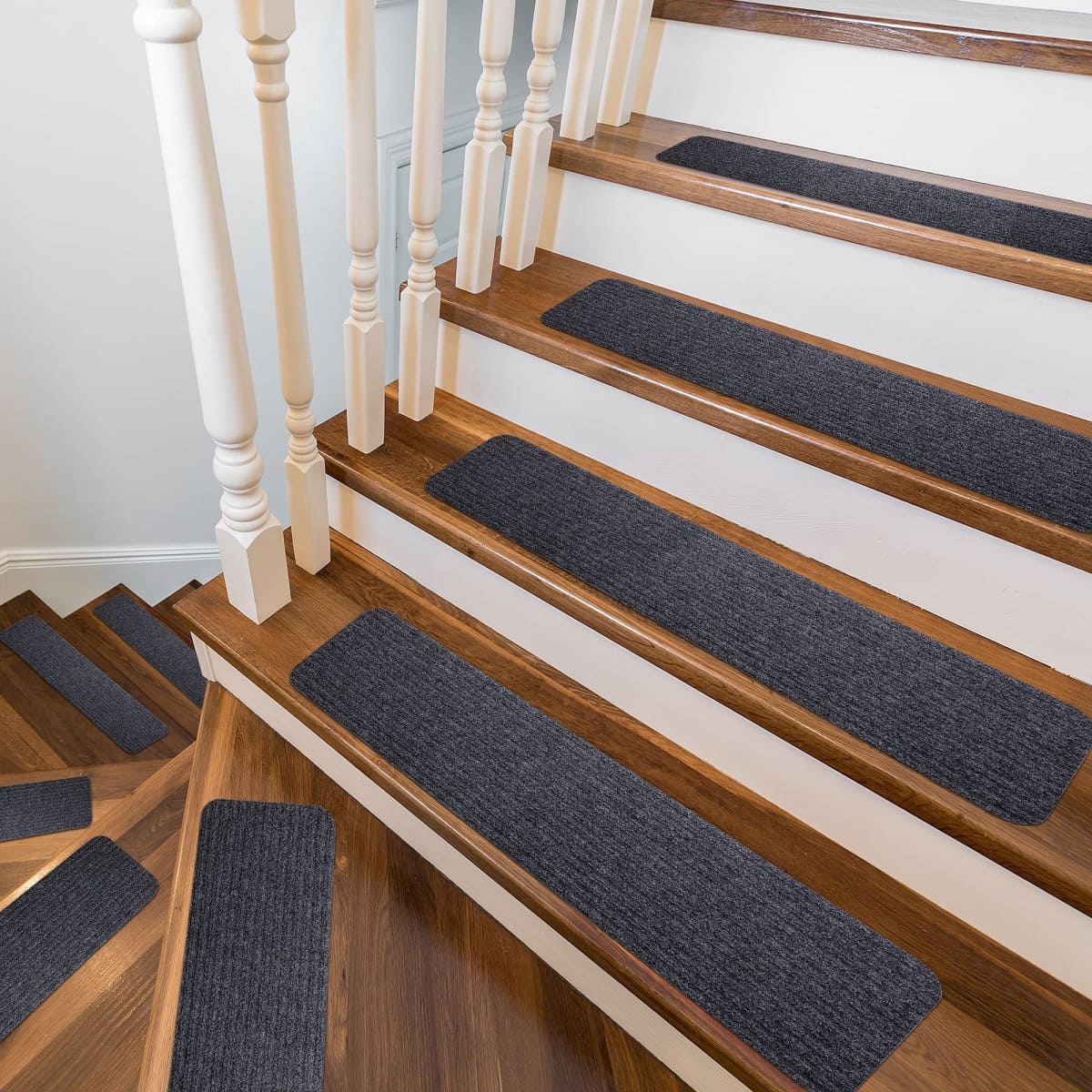
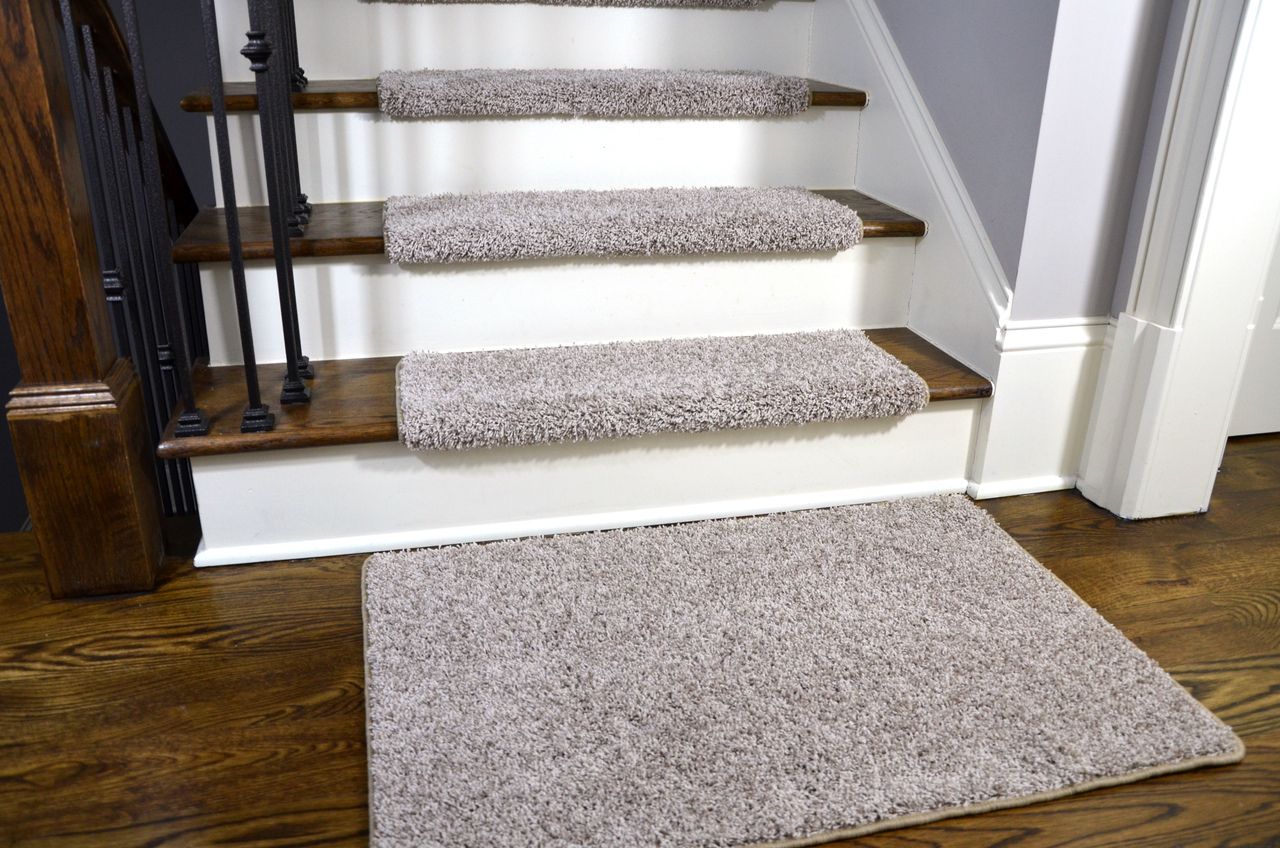
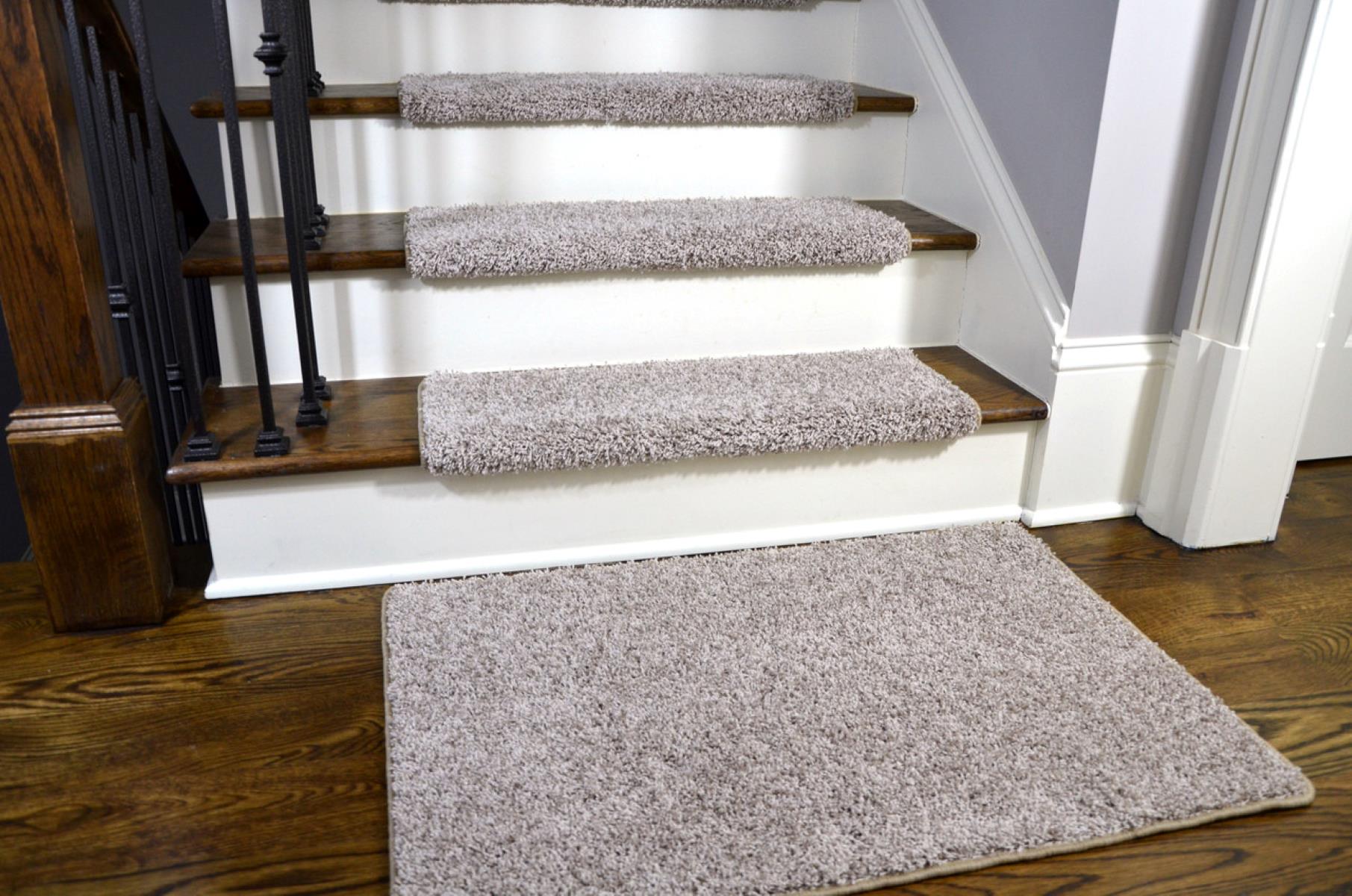
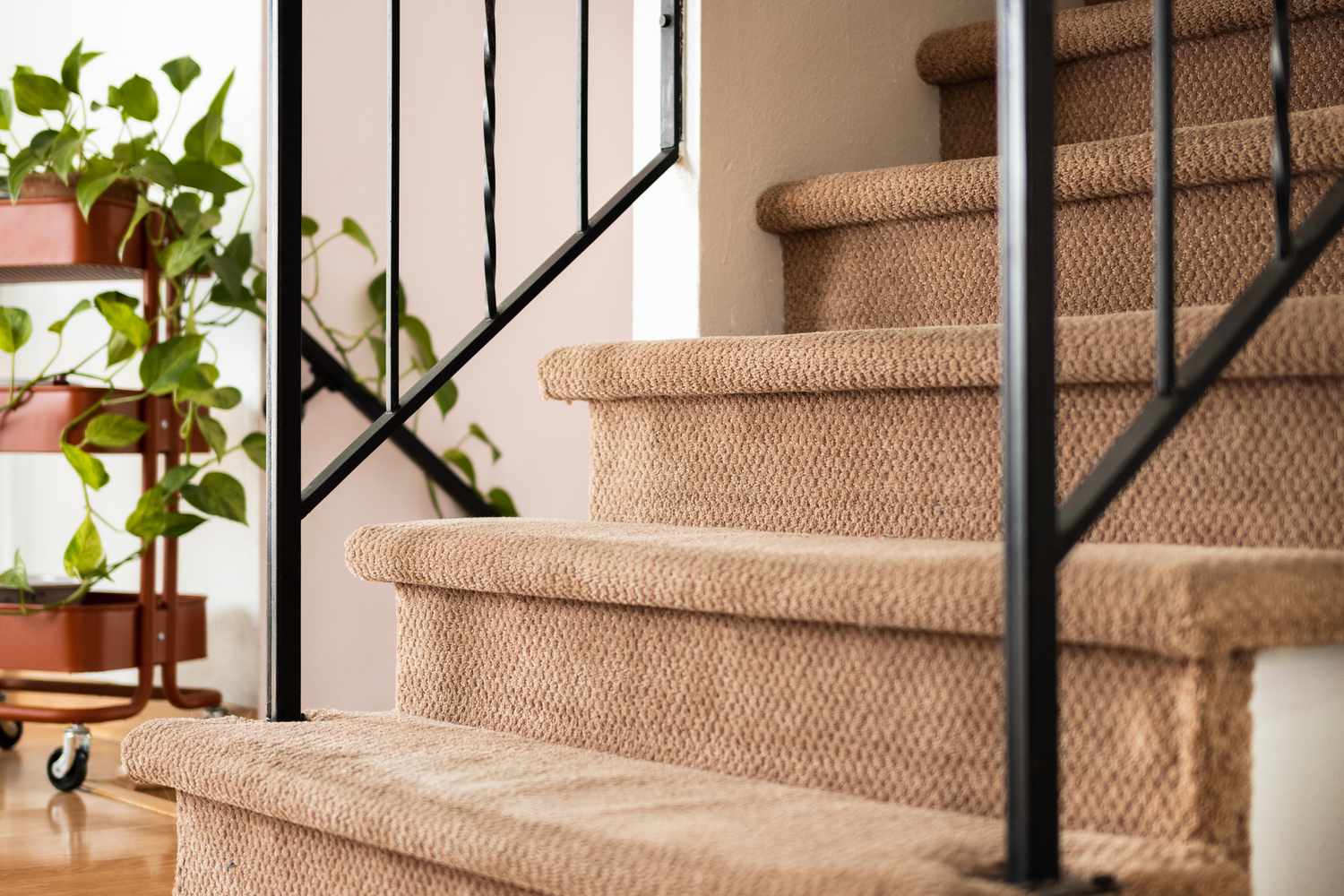
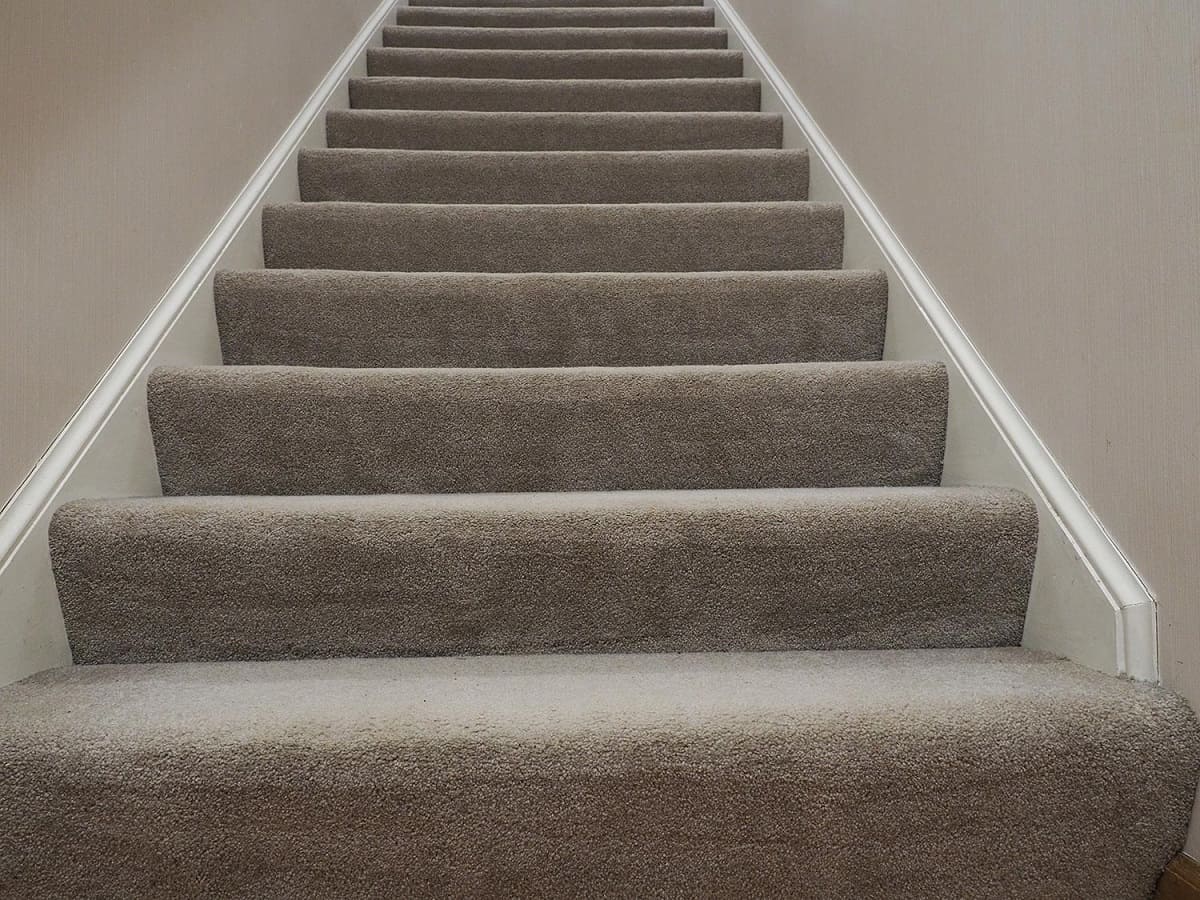
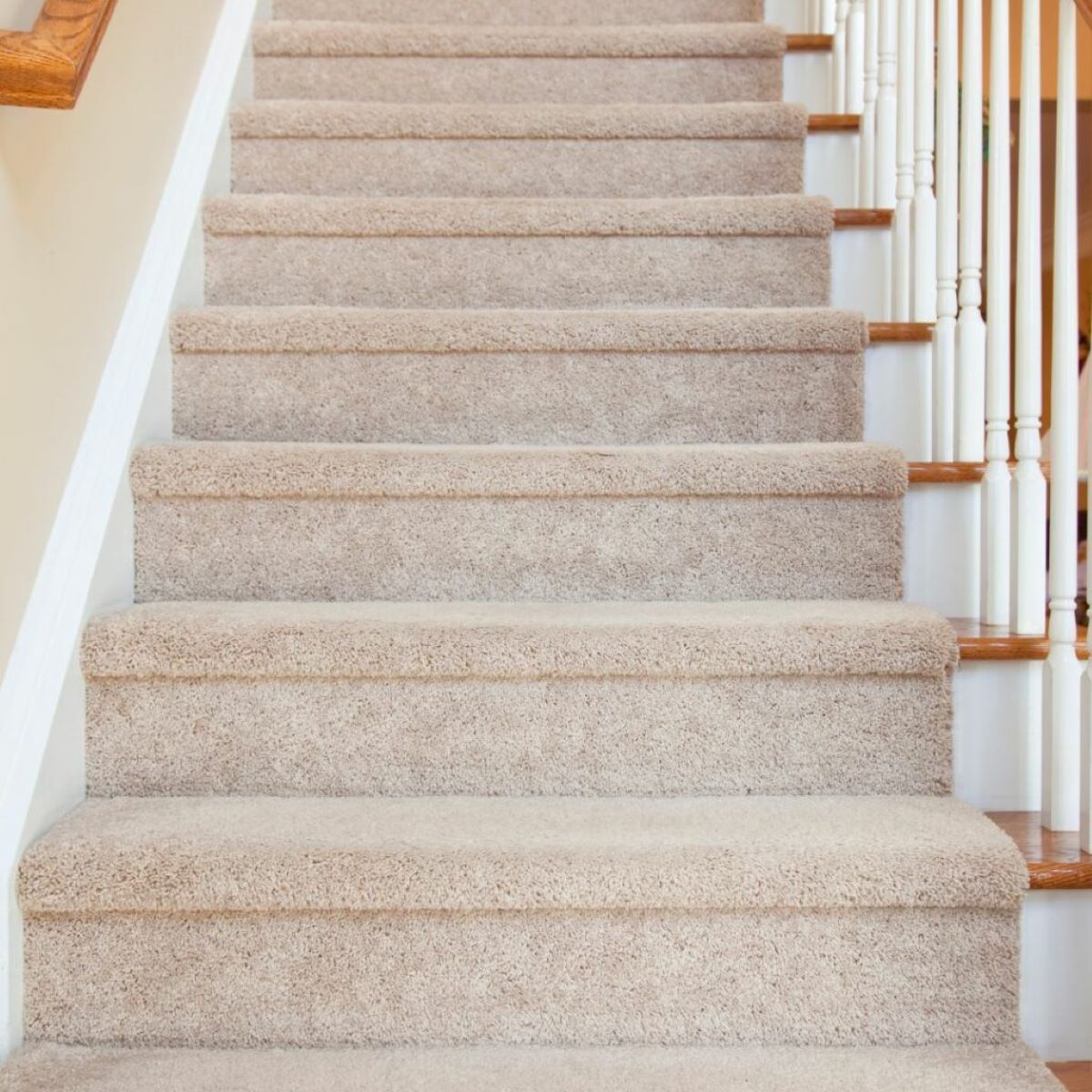
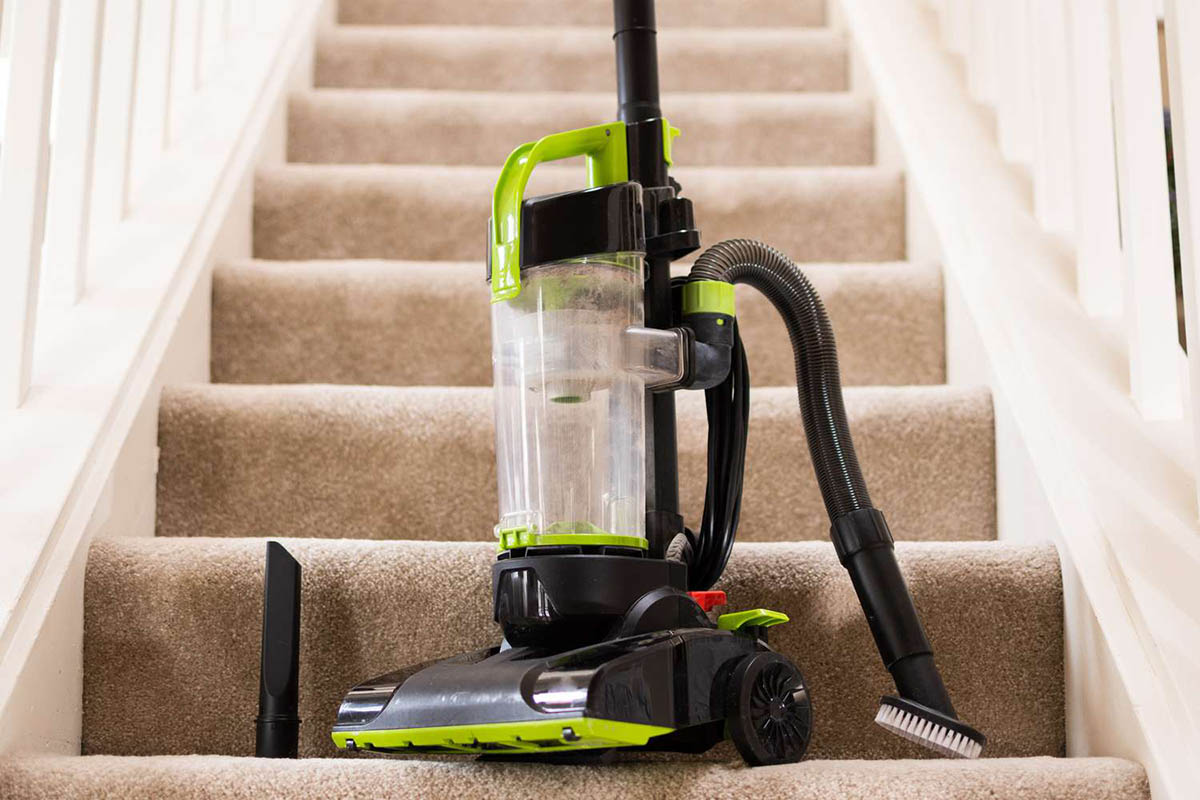
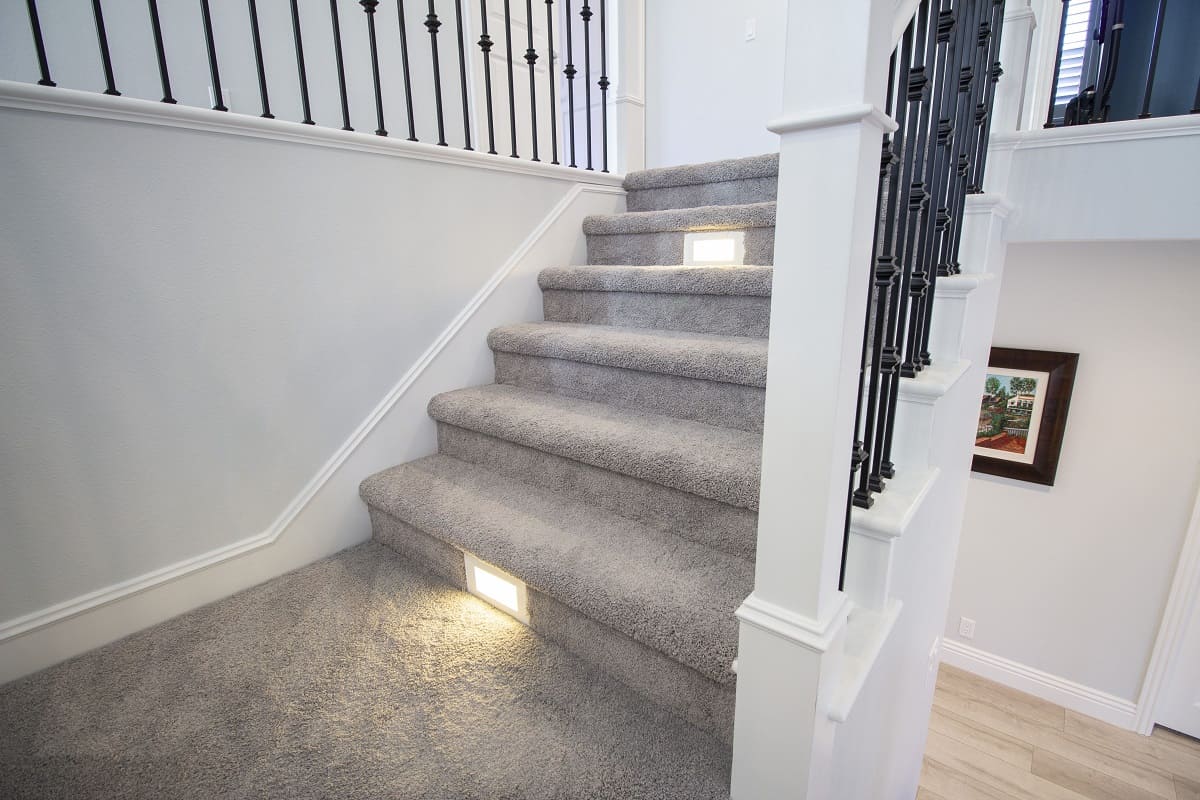
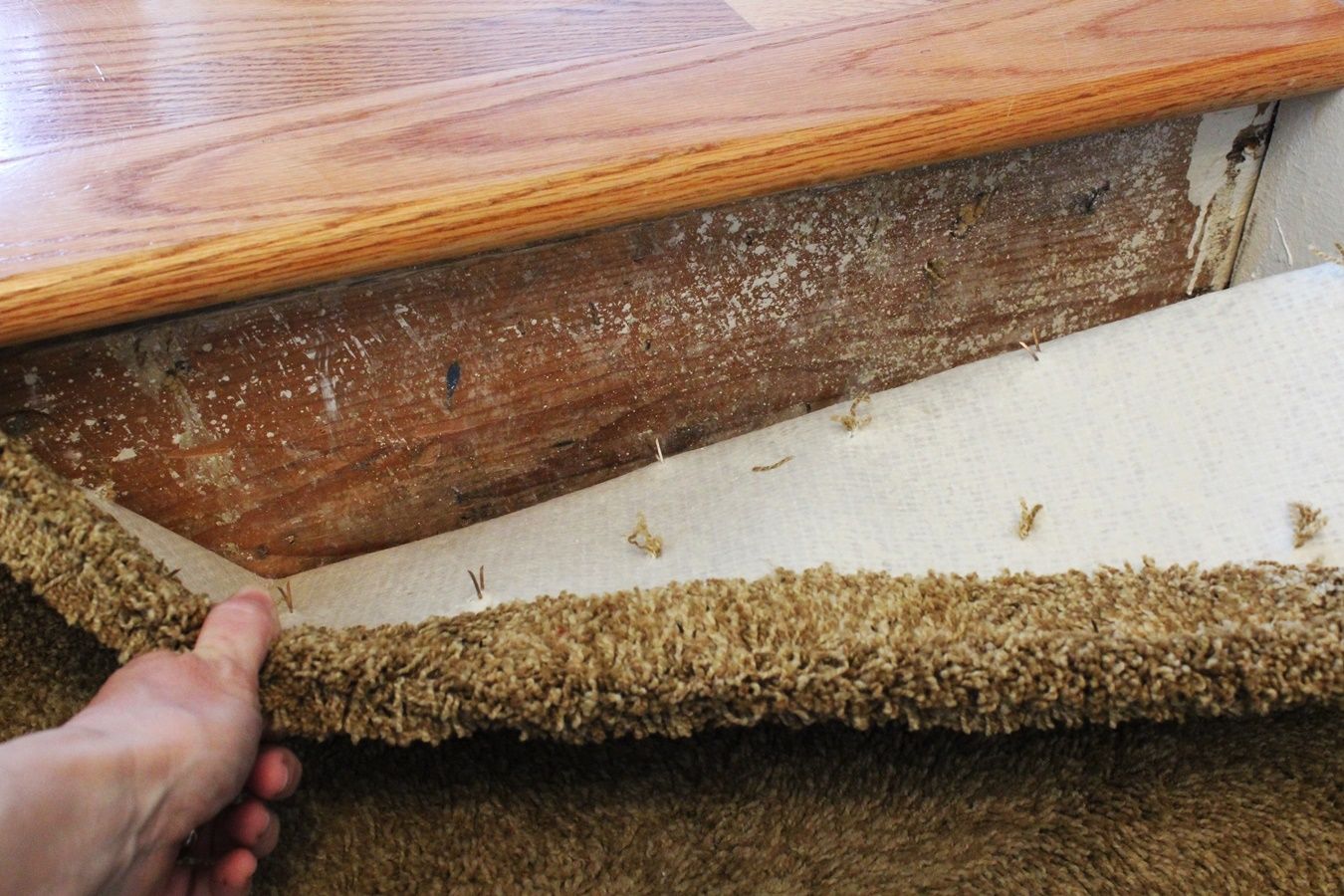
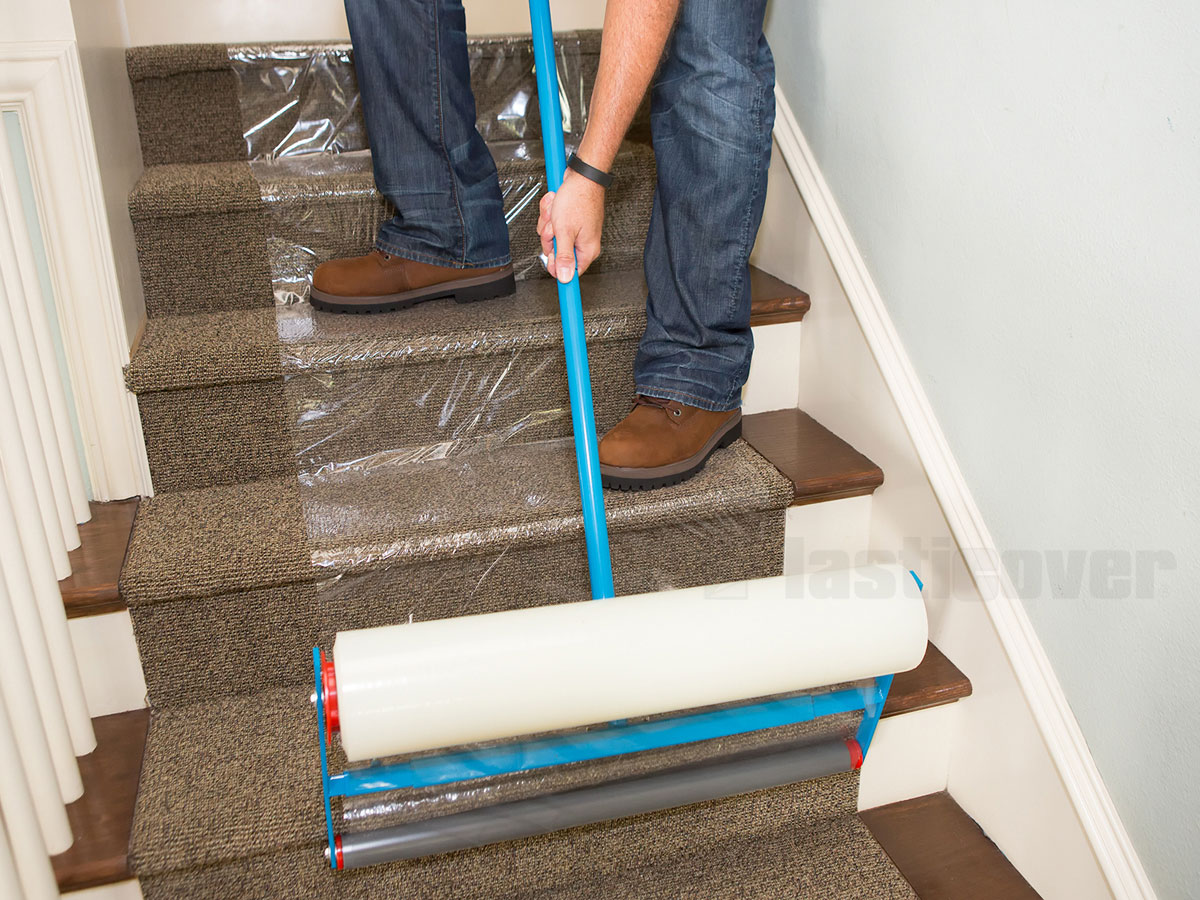
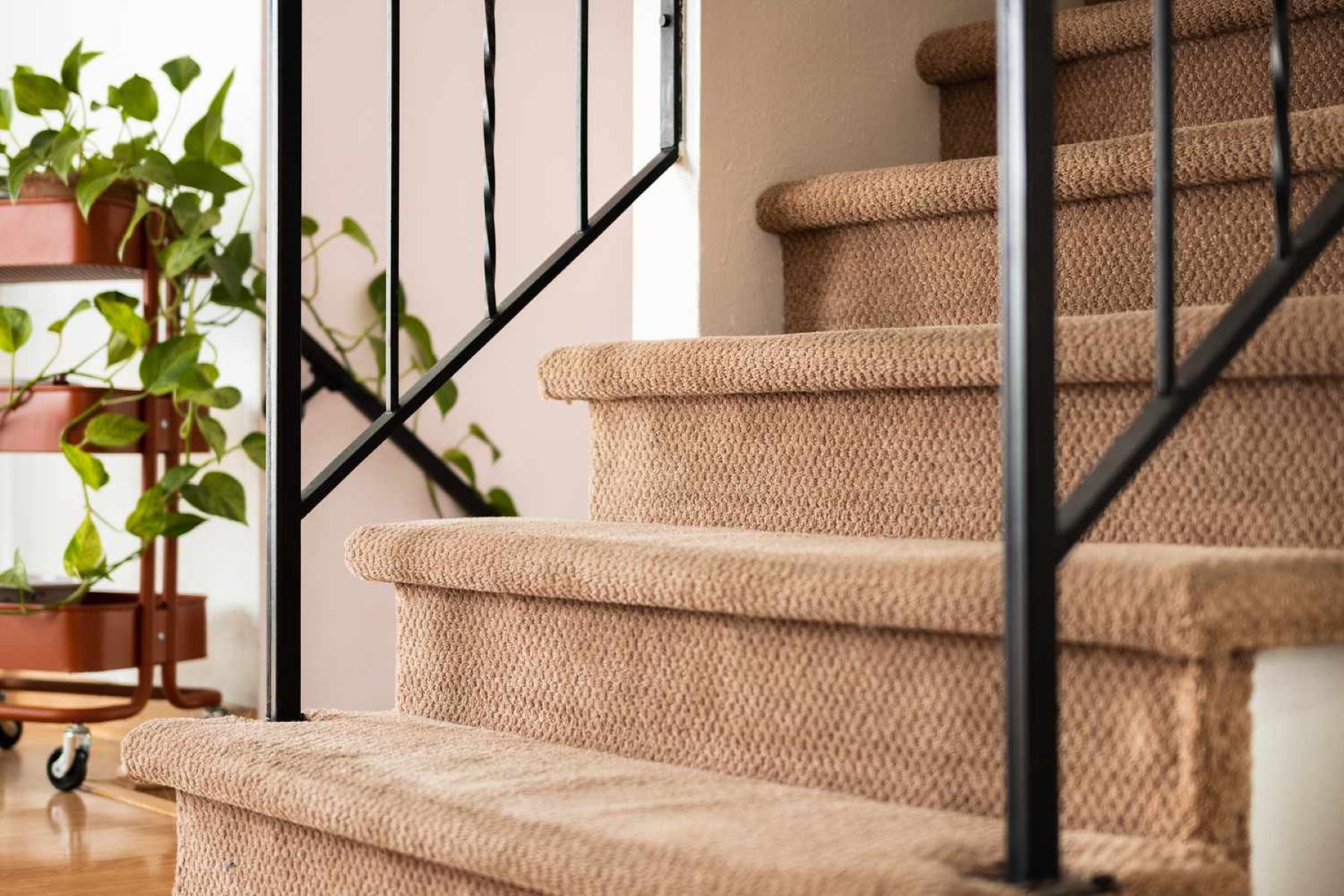
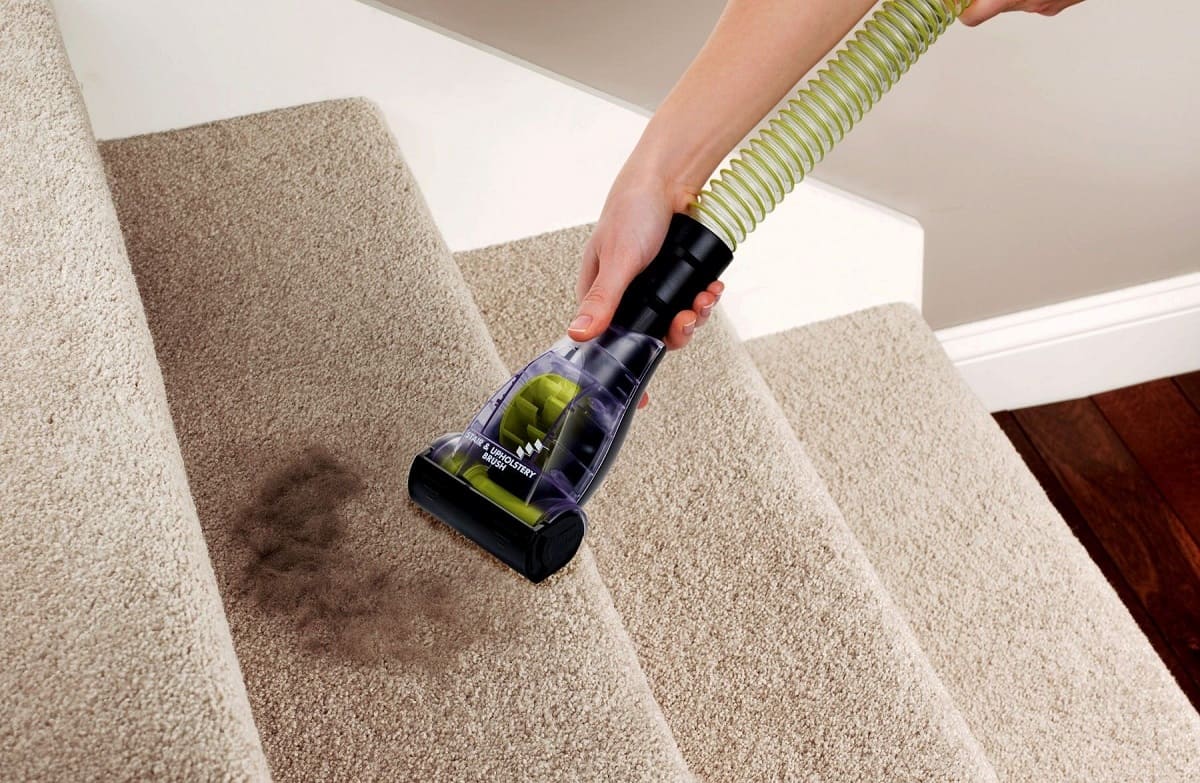
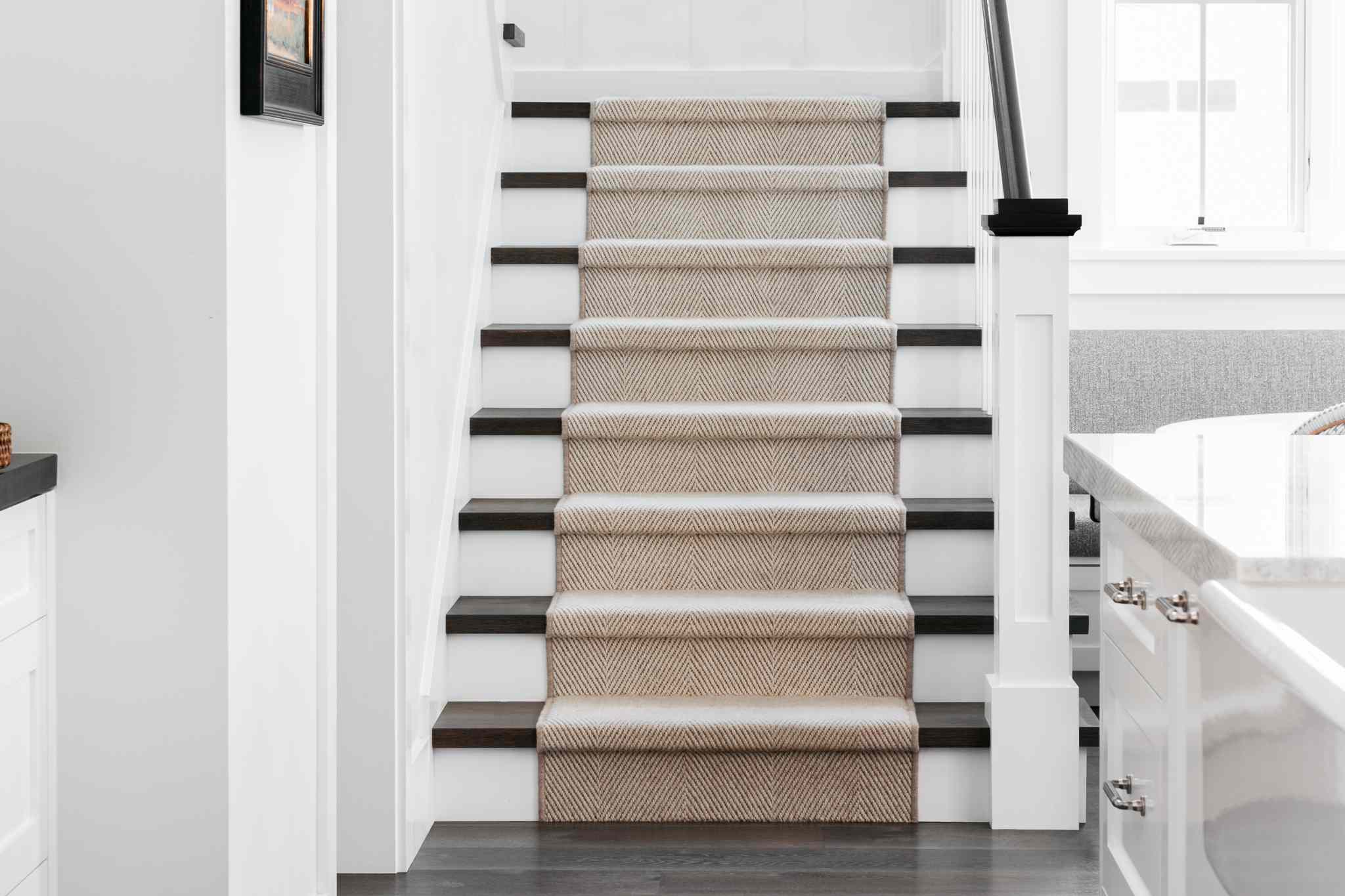

0 thoughts on “What Carpet Is Best For Stairs”